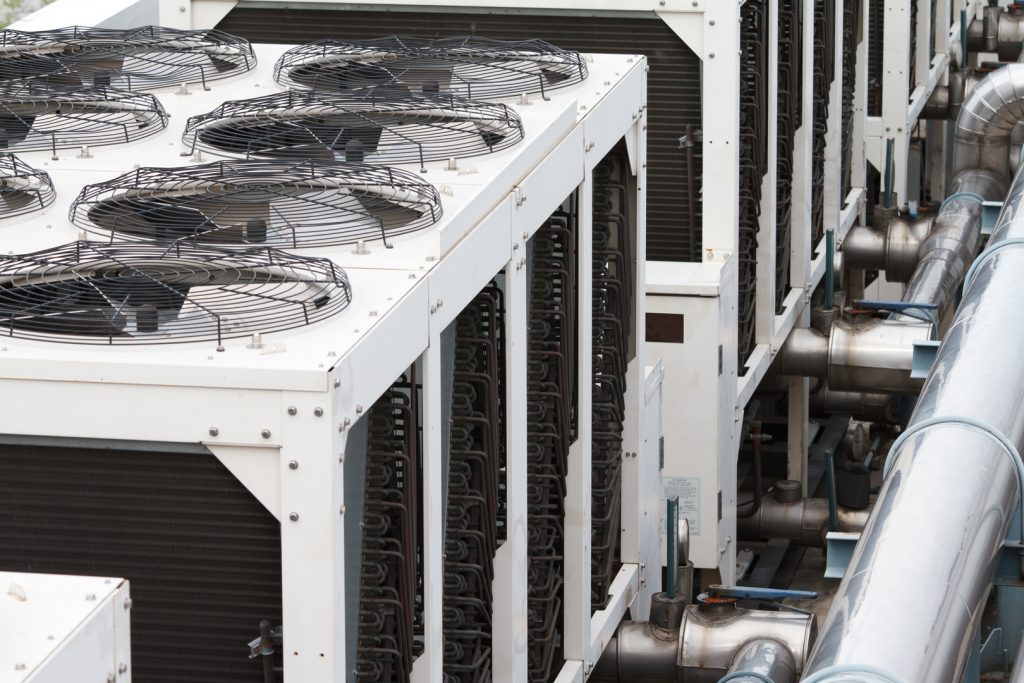Uncategorized
Improving HVAC Efficiency
Improving HVAC Efficiency Reduces Overall Costs
Coming into a high A/C use time of the year can result in much higher costs to run a facility. Making sure your system is performing at peak efficiency can make a big difference. HVAC systems are among the most energy-intensive mechanism of any business. In fact, space cooling alone accounts for 15% of the electricity used in commercial buildings on average. According to the U.S. Department of Energy (DOE), much of the energy and cost that goes into powering HVAC is lost to waste – upwards of 30% in the average commercial building.
Facility managers and maintenance departments can keep commercial HVAC systems running more efficiently through regular HVAC maintenance. Correcting existing issues before they become performance problems or breakdowns can greatly reduce maintenance, replacement and use costs overall.
Reduce wasted energy by 5-10% by regularly changing HVAC filters.
Dirty filters overwork HVAC systems by restricting air flow, cost more to use, lead to poor indoor air quality and result in far more HVAC maintenance issues and costs. Check HVAC filters on a quarterly basis.
Reduce HVAC maintenance costs by up to 40% with regular quality maintenance.
Regular maintenance on all HVAC systems and equipment ensures that those systems and equipment are not wasting energy due to substandard, aging or faulty performance.
Regular servicing of outdoor components may include:
Coil and cabinet are inspected and cleaned
Drain pans and condensate lines are cleared of obstructions
Compressor is inspected
Fan motor and blades are inspected and lubricated
Control box, switches, wiring, and safety controls are inspected
Refrigerant level is measured and recharged if necessary
Regular servicing of indoor components may include:
Blower assembly is checked and cleaned
Belts are lubricated or replaced
Combustion blower housing is cleaned
Evaporator coil, drip pan, and condensate lines are cleaned and cleared
Burner assembly is inspected and cleaned
Ignition system is cleaned
Safety controls are tested
Heat exchanger is inspected
Flue system is checked for dislocations and wear
Control box, wiring, and connections are checked and tightened
Air filter is replaced or cleaned
It is also a good idea to check thermostat operation. If your thermostats are not operating correctly throughout the season, your HVAC systems could be running more frequently than necessary, boosting your energy consumption. Checking drip pans and drain lines can save huge headaches, so don’t skip this important step. Clogs in your HVAC systems’ drainage lines can cause moisture to back up into your building, causing mold and mildew growth as well as potential for damage.
Improve HVAC efficiency by 20% by properly sealing heating and cooling ducts
Doing something as simple as properly sealing heating and cooling ducts can improve HVAC efficiency by 20% or more. Ducts can be sealed using mastic, foil tape or blown-in duct sealant and wrapping ducts in insulation. Focus first on areas of the building that are unprotected – underneath the building or in unheated/cooled storage spaces.

